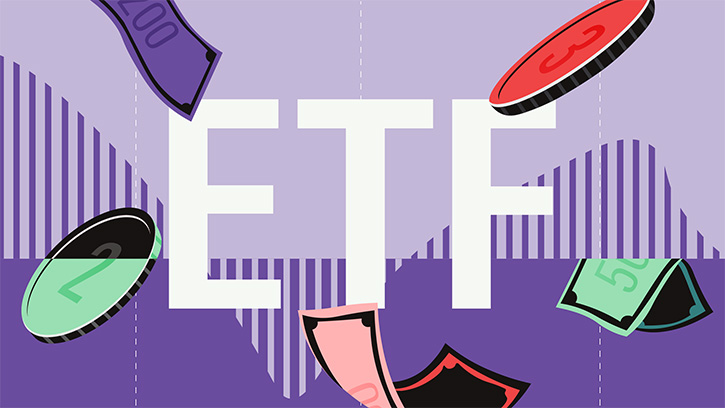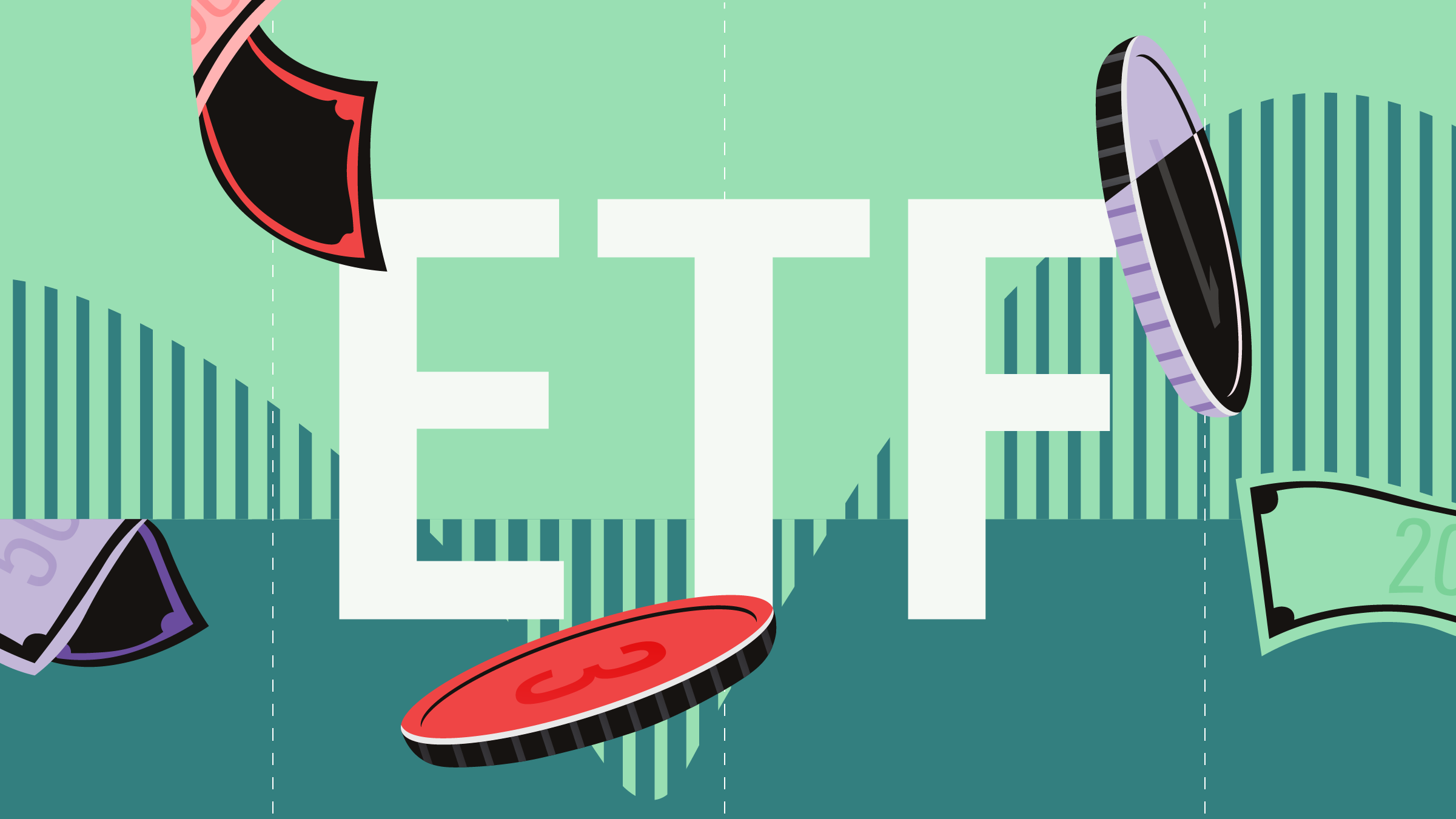:quality(80)/cloudfront-us-east-1.images.arcpublishing.com/morningstar/VYKWT2BHIZFVLEWUKAUIBGNAH4.jpg)
Exchange-traded funds can be a great vehicle for fixed-income strategies, but there are a few things worth paying attention to when picking an active bond ETF. Active bond ETFs tend to carry a higher premium/discount than their passive counterparts, particularly for smaller active ETFs that trade less frequently. In addition, a manager’s success in a mutual fund wrapper might take time to translate into a new ETF version. Bond portfolios take time to build and require assets to scale. These limitations are by no means a dealbreaker for active bond ETFs, but investors used to the well-oiled machine of more established passive bond ETFs should proceed with caution here.
The Price Is Slightly Not Right
The exhibit below displays the median monthly premium/discount for the Morningstar Categories with the most active bond ETFs. The median is calculated for each ETF from absolute values of its monthly premium/discount over the trailing 12 months and aggregated by category.
Morningstar Categories With Most Active Bond ETFs
Excluding categories with one or fewer active/passive bond ETFs. Median P/D calculated from absolute monthly values. Trading value and monthly P/D measured over trailing one year ending June 2024. Source: Morningstar Direct.
An ETF’s premium/discount is the gap between its net asset value and actual trading price on the secondary market. Unlike a mutual fund where investors transact directly with the fund, an ETF has two markets: the primary market where the ETF trades with authorized participants only, and the secondary market where the APs and everyone else trade with each other. The trading price is driven by supply and demand, which can deviate from NAV temporarily. This is where APs come in. The gap is a profitable arbitrage opportunity for APs, who quickly trade it away when they can. The premium/discount will not be zero as transaction costs and cost to hedge the underlying securities decrease the profitability of the arbitrage, but deviations from NAV should remain small for top ETFs.
While the premium/discounts on bond ETFs are fairly low across the board, passive bond ETFs enjoy a clear advantage over their active counterparts in all of these categories. A few factors influence the higher premium/discount on active bond ETFs.
The number of active APs can be an issue. A less competitive primary market may allow deviations to stretch further before stepping in to bring the ETF back in line, leaving the ETF with a wider premium/discount. For instance, X-Square Municipal Income Tax Free ETF ZTAX had only three APs listed on its most recent N-CEN filing. This was much fewer than the popular bond ETFs with dozens of APs registered. Over the trailing 12 months, its median monthly premium/discount clocked in at 66 basis points, far higher than the average active ETF in the muni national intermediate category. APs and other market makers are not obligated to tighten spreads for ETFs they are listed for. A strong ETF sponsor should have a robust AP community and build out an efficient capital markets team to manage this relationship.
However, a more important part of the equation is the liquidity of the underlying securities. Many large fund sponsors enlist scores of APs for their ETFs, yet some of their ETFs still carry a hefty premium/discount. While the premium/discount might look profitable for APs on paper, it may be difficult to trade the underlying bonds at a price close to NAV. While ETFs have acted as price discovery signals for the underlying securities in extreme markets, it’s worth paying attention to the premium/discount you might be paying during normal times. For instance, the median premium/discount for active preferred stock ETFs is 8 times higher than that for ultrashort bond active ETFs, as these securities are much less liquid. Passive preferred stock ETFs run into the same issue but still manage to maintain a lower premium/discount.
It Takes Money …
An important advantage for passive bond ETFs is their higher trading volume. Fund size and trading volume appear directly proportional to the efficacy of the primary market for active bond ETFs. The exhibit below displays the median monthly premium/discount by tiers of assets under management. Smaller active ETFs appear to deviate more than their passive peers, while the average monthly deviation remains around a similar level regardless of passive fund size.
Premium/Discount by AUM
:quality(80)/cloudfront-us-east-1.images.arcpublishing.com/morningstar/XPANYX5S3VD2RFQ4LG7HONRXBI.png)
Median P/D calculated from absolute monthly values. Trading value and monthly P/D measured over trailing one year ending June 2024. Source: Morningstar Direct.
The larger the ETF, the more visibility it enjoys in the market and the easier it becomes for APs to hedge their exposure to the ETF. This allows them to arbitrage ETFs more easily, which means they can step in to iron out smaller deviations from NAV. The small cohort of active bond ETFs with more than $5 billion in AUM enjoyed the smallest gap between trading price and NAV, thanks to their high visibility in the market.
In comparison, most active bond ETFs are newer launches and have less than $500 million in assets. Some of the active ETF entrants belong to boutique active firms newer to ETF waters. They lack resources that larger competitors can leverage.
In comparison, the passive bond ETF market has mostly matured. Many of the firms here specialize in ETFs and have been in the ETF ecosystem for a long time. While passive bond ETFs have the advantage of high trading volumes among the larger funds, smaller passive ETFs still come out ahead of their active counterparts because they’re easier to hedge and they have long-standing relationships with APs and other market makers.
… and Time
Time and scale also play a role in the construction of an active bond ETF, beyond its trading mechanics. For a new ETF with a long-standing mutual fund sibling, investors should still examine the ETF as a stand-alone offering instead of relying on the mutual fund’s track record. A smaller asset base and fresh starting line might limit a portfolio manager’s ability to replicate the portfolio of the sister mutual fund.
While stocks are typically liquid and come with a low price per share, most bonds trade in large lots with a high minimum size to subscribe to a new issue or trade. The transaction cost associated with trading smaller positions can tip the scale away from the potential benefits of holding a specific security. Passive bond ETFs typically sample their indexes to avoid racking up costs, but an active manager might want a particular bond. A larger active ETF might not have an issue, but managers with limited assets might need time to build out their dream portfolios. Given this size restriction, most ETF siblings of successful bond mutual funds are not going to be replicating their portfolios, at least not right away.
In more esoteric bonds, new issues are acquired when first offered, and little-to-no secondary market may exist. Fund managers may hold an entire issue in some cases. For example, active managers benefited from a unique opportunity to buy up mortgage-backed securities after 2008′s global financial crisis. That pool of securities may no longer be available to new entrants, including their new ETF portfolios. Likewise, mutual fund managers may be reticent to take on new costs to optimize their portfolios. A brand-new ETF offers a blank slate, for better or worse.
Nonetheless, there are still many things to like about the ETF wrapper for a fixed-income fund. The availability of a secondary trading market alleviates much of the cash flow stress on the portfolio managers compared with a mutual fund. And with time, active fixed-income managers new to ETFs should be able to develop their ETF arsenal and erase some of these small operational hiccups.





:quality(80)/cloudfront-us-east-1.images.arcpublishing.com/morningstar/V2ACGBIZ2FEBRHNBT3RFWQOIZA.png)















